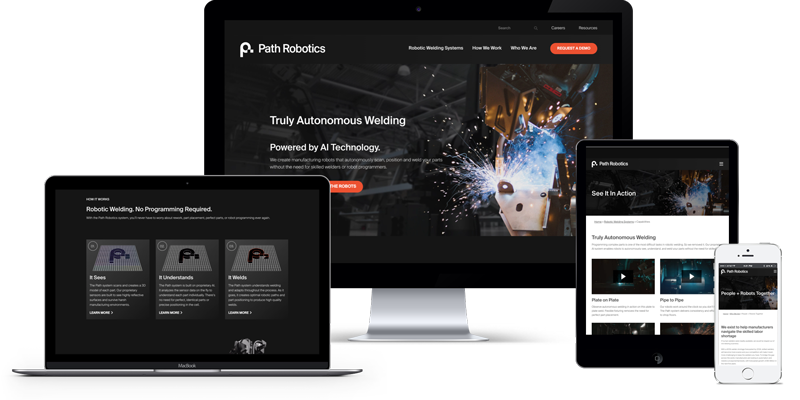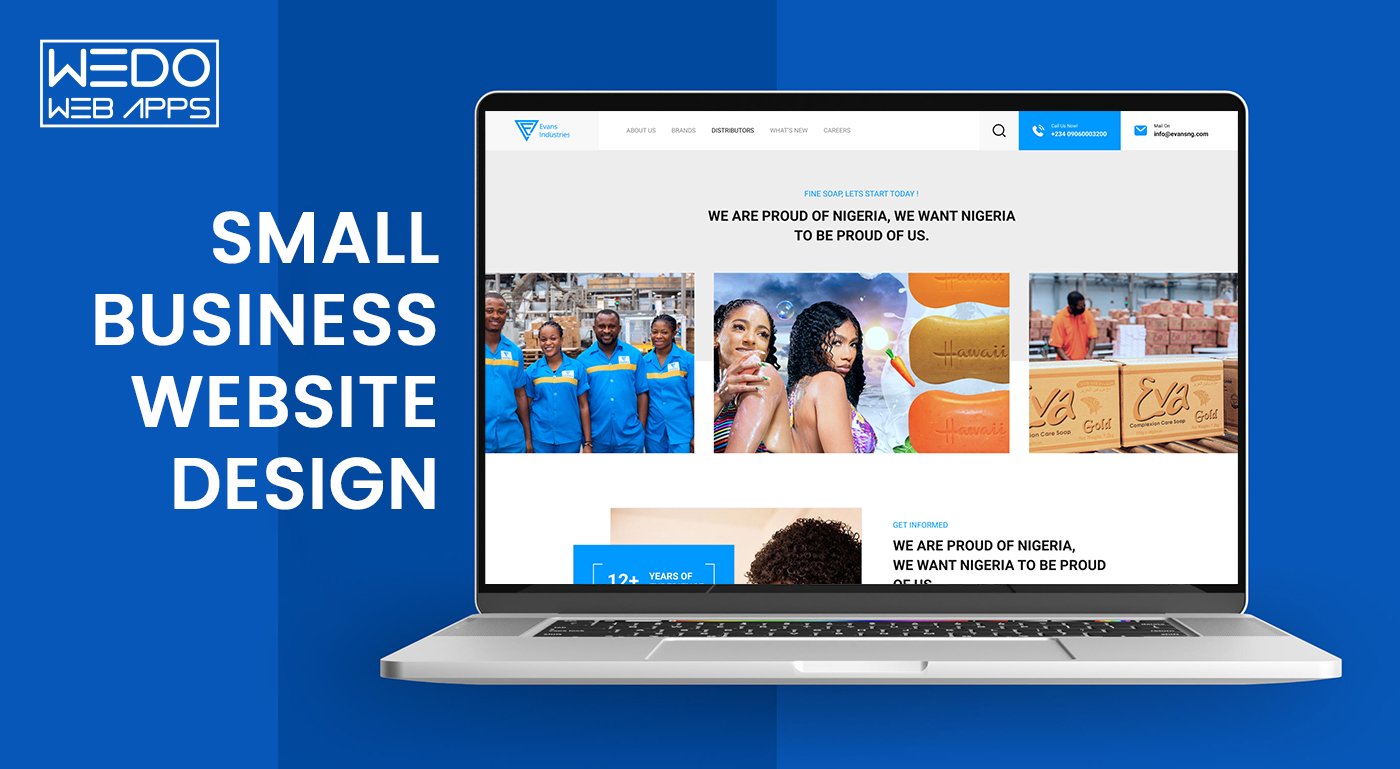How to Pick the Right Tools for Your Website Design Projects
How to Pick the Right Tools for Your Website Design Projects
Blog Article
Recognizing the Function of Responsive Style in Modern Internet Site Growth
In today's digital landscape, receptive style is no more a high-end yet a requirement in website growth. As individuals gain access to websites from a range of devices, from extensive desktop monitors to pocket-sized smartphones, making sure a consistent and appealing user experience is extremely important. Receptive style accomplishes this by employing scalable media and versatile layouts, accommodating the nuanced demands of each device. Yet, the value of responsive layout prolongs past user experience-- it is additionally an essential element in search engine optimization and ease of access. But just how precisely does it influence these locations, and what strategies ensure its efficient implementation?
Relevance of Responsive Design
In today's electronic landscape, the relevance of receptive design in site advancement can not be overstated. Receptive style allows websites to instantly change their format and functionality based on the display dimension and positioning of the device being used.
In addition, receptive style is essential for search engine optimization (SEARCH ENGINE OPTIMIZATION) Look engines like Google prioritize mobile-friendly web sites in their search results, suggesting that a responsive layout can dramatically impact a website's exposure and position. This optimization not only enhances the customer experience however likewise drives natural traffic and enhances the potential for conversion and earnings generation.
Additionally, receptive layout offers services an affordable option by eliminating the requirement for numerous variations of a website. By enhancing internet development procedures and lowering upkeep initiatives, firms can allocate resources a lot more successfully, ultimately resulting in boosted return on financial investment. Thus, receptive style is essential in today's affordable digital setting.
Crucial Element of Responsive Style
To efficiently execute receptive design, it is important to focus on numerous crucial components that make sure ideal functionality and customer experience across diverse devices. Among the essential components is the versatile grid format, which permits designers to create liquid grids that instantly get used to various display sizes. This ensures that material preserves symmetry and readability, regardless of the gadget being made use of.

Furthermore, touch-friendly navigation is essential for responsive design. Executing conveniently tappable switches and user-friendly gesture controls boosts use on touchscreen devices. Focusing on performance optimization is additionally important, as it boosts loading times and minimizes bounce prices, particularly on mobile connect with variable speed.
Lastly, utilizing a mobile-first strategy ensures that the design is at first maximized for smaller sized displays prior to increasing to fit desktop computers. This technique assures that important capability and looks are protected across all platforms, ultimately enhancing the general customer experience.
Influence On User Involvement
Receptive style significantly affects customer involvement by enhancing ease of access and complete satisfaction throughout various tools (Website Design). By making certain that a site's design adapts perfectly to different screen dimensions, responsive design permits users to accessibility web content easily, whether they are using a desktop, smartphone, or tablet computer .
Furthermore, responsive style adds to quicker page packing times, which is essential for keeping user rate of interest. Users are a lot find more likely to abandon a site if it takes as well lengthy to lots, especially on mobile phones. By enhancing performance for diverse platforms, responsive design decreases packing delays, maintaining users engaged and reducing bounce rates.
SEO Perks of Responsive Layout
While improving customer experience is a key goal, receptive layout also plays a vital duty in enhancing a website's seo (SEO) Browse engines, especially Google, focus on mobile-friendly websites, hence rewarding those that offer seamless experiences across devices. Responsive layout makes certain that an internet site adapts to various screen dimensions, getting rid of the need for separate mobile and desktop computer versions. This versatility not just improves user experience yet additionally lowers the threat of duplicate material, which can negatively influence SEO positions.
Furthermore, receptive design help in faster page loading times, an essential consider search engine optimization. Online search engine favor websites that load rapidly, identifying that individuals are much more likely to abandon sites that take also long to show. By using receptive design, programmers can enhance pictures and streamline material, ensuring efficient packing and enhanced online search engine positions.
Furthermore, a cohesive URL framework across devices streamlines the indexing procedure for search engines, boosting crawl efficiency. This uniformity in Links strengthens a site's authority and reliability, bring about boosted exposure in search outcomes. In recap, responsive design is not simply a trend yet an essential part of SEO strategy, ensuring web sites are both easy to use and search engine compatible.
Executing Responsive Style Strategies
In the realm of modern-day web development, carrying out responsive style techniques is similar to crafting a functional canvas that readjusts flawlessly to different display dimensions. One more essential tactic includes utilizing media queries, which make it possible for programmers to apply different designs based on the attributes of the gadget, such as resolution, elevation, and size.
Receptive photos and media are likewise important elements. By using techniques like CSS media queries and the HTML 'picture' element, programmers can serve appropriately sized photos based upon the user's tool, enhancing tons times and boosting customer experience. In addition, the consolidation of fluid typography ensures that message is readable and visually pleasing on any kind of display, attained with scalable systems like 'rapid eye straight from the source movement' and 'em'.

Final Thought
Responsive style makes up a crucial aspect of contemporary website advancement, substantially enhancing user experience across a series of tools. By including versatile formats, scalable pictures, and touch-friendly navigating, it boosts customer interaction and optimizes site efficiency. Responsive layout is crucial for Search engine optimization, as it lines up with search engines' preference for mobile-friendly sites, thus increasing presence and organic traffic. Eventually, applying responsive layout approaches makes sure improved access and usability, making web sites much more user-centric and reliable.
To successfully apply receptive design, it is vital to concentrate on a number of vital aspects that ensure ideal capability and user experience throughout varied devices.Receptive design considerably influences user interaction by boosting accessibility and fulfillment across various tools. By making sure that a web site's format adapts perfectly to different screen dimensions, receptive layout allows customers to access content easily, whether they are using a smart device, tablet computer, or desktop computer .While boosting individual experience is a main objective, responsive layout also plays an important function in boosting an internet site's search engine optimization (SEO)Receptive design makes up a necessary facet of modern web site development, dramatically enhancing customer experience across an array of gadgets.
Report this page